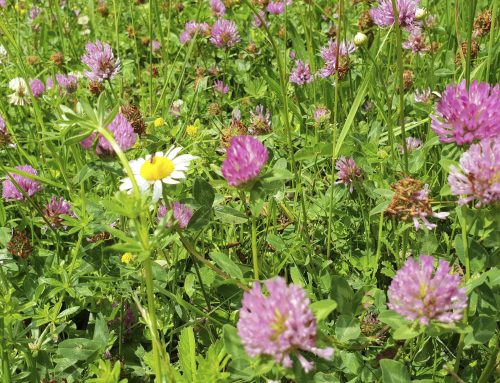Spring Health Check for Lawns

Winter is finally coming to an end. After months of not being able to do much in the garden the days are starting to lengthen. Things are starting to grow and Spring is just around the corner. Spring is an important time to get your lawn set and in good order for the growing season ahead. We have put together a guide on the factors we think are most important for lawn health. A little work goes a long way.
Clean up
I think this is best place to start. We all get a little behind on our gardens in the Winter. One or two small branches will fall, a few leaves, and before you know it your garden is covered in debris that needs clearing to allow your grass to benefit from the lengthening daylight hours. We recommend raking these bits up where possible. A good deep raking removes all of the dead material out of the bottom of the sward, lifts the grass and allows air and sunlight into the soil and roots.
Moss
Moss is a real pain for gardeners. It prevents healthy growth of the lawn by restricting access to nutrients available from the soil. If raking isn’t enough to get rid of the moss in your garden you may need to apply a moss killer product that will kill off the pesky growth. Once the moss has died off it can be raked out or scarified more easily.
Weeds
The best thing to do with weeds is to dig them out by the root to completely clear the ground of them. Another option is to apply a weed treatment that will work against the unwanted plants in your garden. There are a lot of lawn specific treatments now that will target common lawn weeds. A thick and healthy lawn is the best thing to discourage weed growth because they will struggle to compete.
Aeration
It is always worth checking your lawn for compaction, especially in high traffic areas. Compaction can cause a lawn to show signs of failing. When soil is compacted it can’t hold as much water so there is less available to the plant. Normally when there is a lack of water a plant will root deeper to find water but they struggle to do this because the soil is too hard. Using a fork or a spiking machine, for larger areas, will improve drainage and allow more air to the root system. This in turn will help break up the compacted soil.
Patching
After the above steps you may find that there are some thin or bare patches. These could have also been caused by high traffic or dog spots. Any over-seeding should be done early spring. Scattering the seed over the affected areas and watering if needed will fill out any thin or bare patches. Its advisable to keep off the patches until the grass has germinated and established itself. We recommend our Supreme Patching Mix that gives a high-quality finish that will germinate and establish quickly.
Trimming up
It is worth trimming back, as much as possible, any trees, bushes and plants that overhang your lawn and create shaded areas. If your lawn has a lot of shaded areas or is completely shaded it may be beneficial to re-seed using our Supreme Shady Lawn Mix. It is great for establishing grass in shady parts of your area or effectively repairing patches of grass in shaded areas. Perfect for use under trees, buildings and other shaded areas which are susceptible to drought and dry soils. It is important to note that infrequent mowing is the secret to a successful shade tolerant sward.
Mowing
When it comes to mowing your lawn in Spring, little and often is the best approach. We advise not to take too much off the height at first. You should aim to mow every five days or so for the first six weeks or until the grass starts to grow faster. Once the growth picks up you can gradually reduce your cutting height until it gets to the perfect length.


